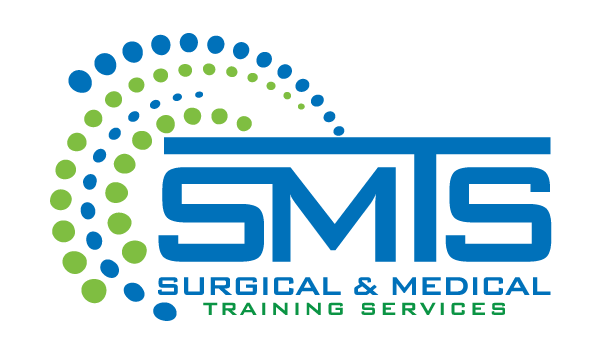Stepping Up Safety: Medical Device Risk Management is Essential
In an ever-evolving healthcare industry, focusing on patient safety and optimizing medical devices is important. As technology advances, devices become more complex and pose user risks. This blog outlines the significance of thorough Medical Device Risk Management Training for everyone involved, such as device manufacturers, healthcare providers, and regulatory agencies. Surgical & Medical Training Services help healthcare professionals get the tools to manage risks and ensure patient safety.
A Peek Inside Medical Devices
Medical equipment varies from basic items such as surgical gloves to advanced instruments like pacemakers and MRI machines. Due to these devices’ varied characteristics, it is essential to have proper Medical Device Risk Management Training. It guarantees the development of safe and effective products that protect and improve lives.
- The Scope of Risks
- Device Failure: Mechanical or software failures can lead to critical incidents.
- Use Error: Improper use of devices due to inadequate training or complex interfaces.
- Biocompatibility Issues: Materials used in devices causing reactions or infections.
- Essential Training for Compliance
Around the world, organizations like the FDA in the US and the EMA in Europe have put stringent rules requiring Medical Device Risk Management Training at every stage of a device’s lifespan. This training is both advantageous and mandatory for operating safely and by the law.
The Pillars of Effective Risk Management
Medical Device Risk Management Training emphasizes minimizing the potential hazards in medical device manufacturing as an ongoing process with steps, not a one-time event. Every phase requires distinct expertise and abilities to guarantee the security and conformity of the device.
Evaluation of Potential Risks
This includes recognizing possible dangers, assessing and analyzing the related risks, and managing these risks satisfactorily.
- Identifying Hazards: What are the potential risks?
- Estimating Risk: What is the probability of failure, and what are the potential outcomes?
- Risk Assessment: Is the level of risk deemed acceptable, and if not, what actions can be taken to address it?
- Risk Control: Putting in place actions to reduce risk tolerably.
Risk Control Strategies
- Preventive Measures: Design controls that prevent problems before they occur.
- Corrective Actions: Procedures to address any issues after they arise.
- Monitoring and Reporting: Systems to track device performance and adverse events post-market.
The Keystone of Medical Risk Management Training
Thorough Medical Device Risk Management Training programs ensure that all stakeholders comprehend and can proficiently implement risk management practices. These programs must be comprehensive, continuous, and flexible to accommodate technological advancements and regulatory updates.
Importance for Manufacturers
Manufacturers must undergo thorough Medical Device Risk Management Training to fully understand all risks related to a device, from its creation to its disposal. This training guarantees the effective implementation of design controls and strong post-market surveillance.
Importance for Healthcare Providers
Healthcare professionals need to complete Medical Device Risk Management Training to ensure they know how to use medical devices and ensure the safety of patients correctly. Continuous education is necessary to prevent accidents due to technology misuse stemming from inadequate knowledge.
Importance of Empowering Regulation
Regulators must remain informed about the most recent industry practices and possible new risks to supervise the medical device sector properly. Regulators must undergo Medical Device Risk Management Training to be properly equipped to make decisions when approving medical devices and conducting routine compliance assessments.
Crafting Your Training Program for Success
Here is the method institutions can use to establish a successful training program for risk management.
- Evaluation of Training Requirements: Determining the knowledge necessary for employees according to their job responsibilities.
- Development of curriculum: Organizing material that is all-inclusive and customized to meet specific requirements.
- Delivery methods: Choose the most effective means: online, in-person, or a mix of the two.
- Regulation: Regularly assessing and enhancing the training program to align with technological advancements and regulatory changes.
Case Studies and Examples
Integrating case studies into training can provide valuable lessons in real-world scenarios. For instance, historical recalls of medical devices due to design flaws can highlight the importance of thorough testing and quality assurance during development.
Conclusion: Embracing Comprehensive Training
In the constantly changing field of healthcare technology, the dangers also change accordingly. That is why having Surgical and Medical Training Services and Medical Device Risk Management Training is crucial. They are not just optional additions but crucial foundations of the medical device sector. These workshops guarantee that devices function efficiently and comply with the highest safety regulations, safeguarding users and patients.
Investing in continuous and thorough risk management training programs is crucial to guarantee medical devices’ safety, effectiveness, and regulatory adherence. All stakeholders must adopt these practices to safeguard public health and maintain the credibility of healthcare systems globally.
